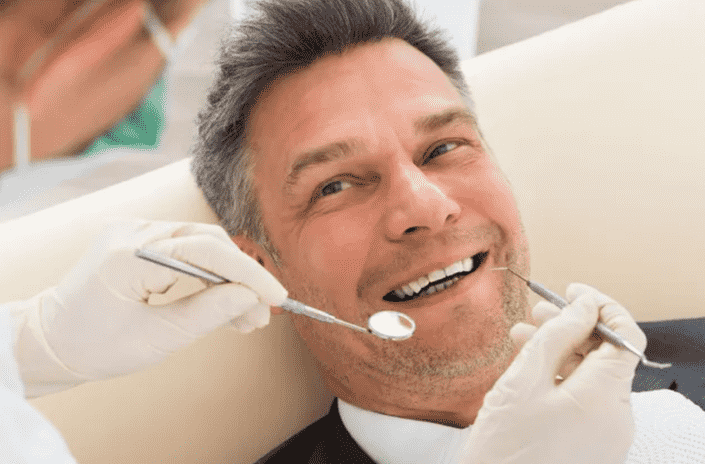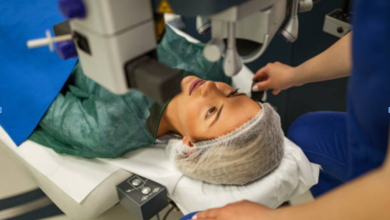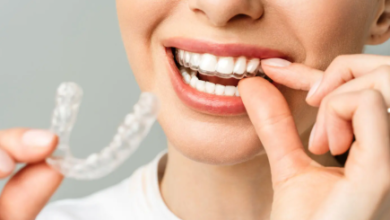How Orthodontics Improves Chewing and Digestion

Orthodontics is often associated with cosmetic improvements, especially when it comes to aligning teeth and creating beautiful smiles. However, the benefits of orthodontic treatment extend far beyond aesthetics. One of the most significant yet overlooked advantages is the improvement it offers in chewing efficiency and digestive health. Thanks to advancements in modern dental technology, orthodontic procedures have become more effective, comfortable, and accessible, making it easier than ever to improve both form and function.
The Connection Between Teeth Alignment and Digestion
Digestion begins in the mouth, where food is mechanically broken down by teeth and chemically mixed with saliva. Proper chewing is essential because it increases the surface area of food, making it easier for digestive enzymes to break it down later in the stomach and intestines. When teeth are misaligned—whether due to crowding, gaps, or bite issues—this process can be compromised.
Malocclusion, or improper alignment of the teeth and jaws, can hinder the ability to chew food thoroughly. Individuals with overbites, underbites, or crossbites may find it difficult to grind food properly, leading to larger food particles entering the stomach. This inefficiency can slow digestion and lead to issues such as bloating, indigestion, and nutrient malabsorption. Orthodontics addresses these alignment problems, ensuring that the teeth fit together correctly to facilitate proper chewing.
See also: The Vital Role of Medical Couriers in Modern Healthcare Logistics
Orthodontics and Chewing Function
Orthodontic treatment typically involves the use of braces, clear aligners, or other appliances to guide teeth into their correct positions. As teeth become better aligned, patients often notice a significant improvement in how they chew and bite. A well-aligned bite distributes the forces of chewing evenly across all teeth, reducing the risk of wear, fractures, and strain on the jaw muscles and joints.
With the help of modern dental technology, orthodontists can now create highly customized treatment plans using digital scans and 3D imaging. These tools allow practitioners to analyze a patient’s bite in detail and predict how their teeth will move over time. As a result, patients achieve more accurate outcomes that directly enhance their chewing efficiency.
The Role of Modern Dental Technology in Functional Improvements
Gone are the days when orthodontics meant only bulky metal braces. Modern dental technology has revolutionized the field, introducing innovations like clear aligners (e.g., Invisalign), self-ligating brackets, and AI-driven treatment planning. These advancements allow for more precise and targeted tooth movements, optimizing not just the look but also the function of the bite.
Digital orthodontic tools also help detect occlusal interferences—areas where the teeth do not make contact correctly during biting. Addressing these issues through treatment can lead to smoother jaw movement and improved muscular function, both of which contribute to more effective chewing.
Additionally, modern appliances tend to be more comfortable and discreet, encouraging patients to complete their treatment plans without interruption. This consistency is crucial for achieving the functional goals of orthodontics, such as improving mastication and promoting better digestion.
Orthodontics and Jaw Health
Another essential aspect of chewing and digestion is jaw function. Malocclusion can cause strain on the temporomandibular joints (TMJs), leading to discomfort, headaches, and even difficulty opening or closing the mouth. Orthodontics can help realign the jaws, balancing muscle activity and reducing tension in the TMJs.
Improved jaw alignment also allows for a more synchronized chewing motion, which contributes to better food breakdown and less stress on the digestive system. For individuals with severe bite problems, orthodontic treatment may be combined with orthognathic (jaw) surgery for optimal functional results.
Long-Term Digestive Benefits
The digestive advantages of orthodontic treatment can have long-term health implications. Efficient digestion means nutrients are more easily absorbed, which supports overall health and well-being. Poor digestion, on the other hand, can lead to a host of issues, from gastrointestinal discomfort to vitamin deficiencies.
Patients who undergo orthodontic treatment often report not only better chewing but also fewer digestive complaints over time. This outcome is especially significant for children and teens, as early orthodontic intervention can help establish healthy habits and proper function that last a lifetime.
Orthodontics is more than just a cosmetic solution—it’s a pathway to improved function and better health. By correcting bite issues and aligning teeth, orthodontic treatment enhances chewing efficiency, promotes smoother jaw movements, and supports digestive health. With the support of modern dental technology, these benefits are now more accessible, accurate, and comfortable than ever before.
If you’re experiencing difficulties with chewing or digestion, it may be worth consulting with an orthodontist. A comprehensive evaluation can determine whether misaligned teeth or jaw issues are contributing to your symptoms. Investing in orthodontic care today could mean better digestion, less discomfort, and a healthier future overall.




